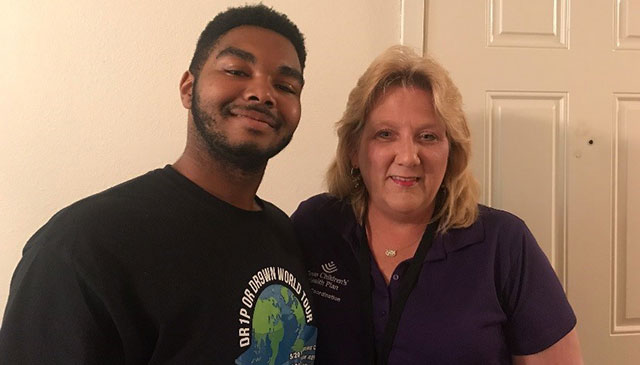
Texas Children’s is one of the best in the country at taking care of our patients. But we are constantly striving to be better in the coordination of that care.
So what exactly does that mean? It means that although several providers may be involved in a patient’s treatment, they each deliver care as if they are part of one big picture.
This effort – Care Coordination – is an organizational priority and is in full swing at Texas Children’s.
But why?
Many Texas Children’s patients, especially those who are medically complex, use several aspects of our services; several times throughout the year. We can take care of these families as if each one of their visits are individual occurrences; or we can actually coordinate their care so that it is more comprehensive, less frustrating and enhances value for us as an organization.
What does UNcoordinated care look like?
Before recent efforts began there were many more cases of uncoordinated care, which caused a great deal of frustration for our families.
Uncoordinated care means that patients may receive multiple phone calls with inconsistent information, they may be asked the same question when they show up in different areas of the organization, and certain duties may be duplicated by employees.
Tabitha Rice, senior vice president and administrative lead of the Care Coordination project, said she is proud of the work that has been done so far to rectify these issues. The project is already yielding measurable results. “However, high performance is in our blood at Texas Children’s and so we never want to stop getting better,” Rice said. “Care coordination is about quality and safety first. Secondly, it’s about enhancing the experience for our patients, providers and staff.”
The Care Coordination effort involves all three of our hospitals, Texas Children’s Pediatrics, Texas Children’s Health Plan, The Centers for Children and Women and all of our partners. It is a true system-wide effort.
When care coordination is done right, we …
- Have a shared care plan that forces us to think through responsibilities and potential problems ahead of time.
- Communicate with patients by explaining treatments, procedures and necessary follow-up actions.
- Communicate between providers and care givers by telling all the details of the patients’ story when performing a hand-off.
- Transition a patient efficiently between areas within our system or between their stages of care.
- Organize a patient’s care for their convenience by taking into consideration things like scheduling, transportation, supplies, medication, etc.
- Use community resources effectively.
Both clinical and non-clinical employees have a role in this work. Care Coordination is a priority for the system and for thousands of members of our One Amazing Team.
A shining example of Care Coordination
Deanna Courts, Texas Children’s Health Plan service coordinator, and her work with member Mark Bowden is a shining example of exceptional care coordination.
For more than two years Courts went above and beyond to assist Mark as he battled ADHD, bipolar disorder and a cancerous tumor.
With Courts leading the way, the entire Texas Children’s system had a role in providing Bowden and his family with diagnostics, chemotherapy, food assistance, psychiatric support, social support and anything else needed to work through this trying time in life.
Today, this young man is now a cancer-free, high school graduate. Thanks to our one amazing team he is currently enrolled in college at Lamar University and doing well.
Tell us your story
Do you or someone you work with coordinate care well? Tell us how by sending a note to connect@texaschildrens.org. We want to hear from you!

